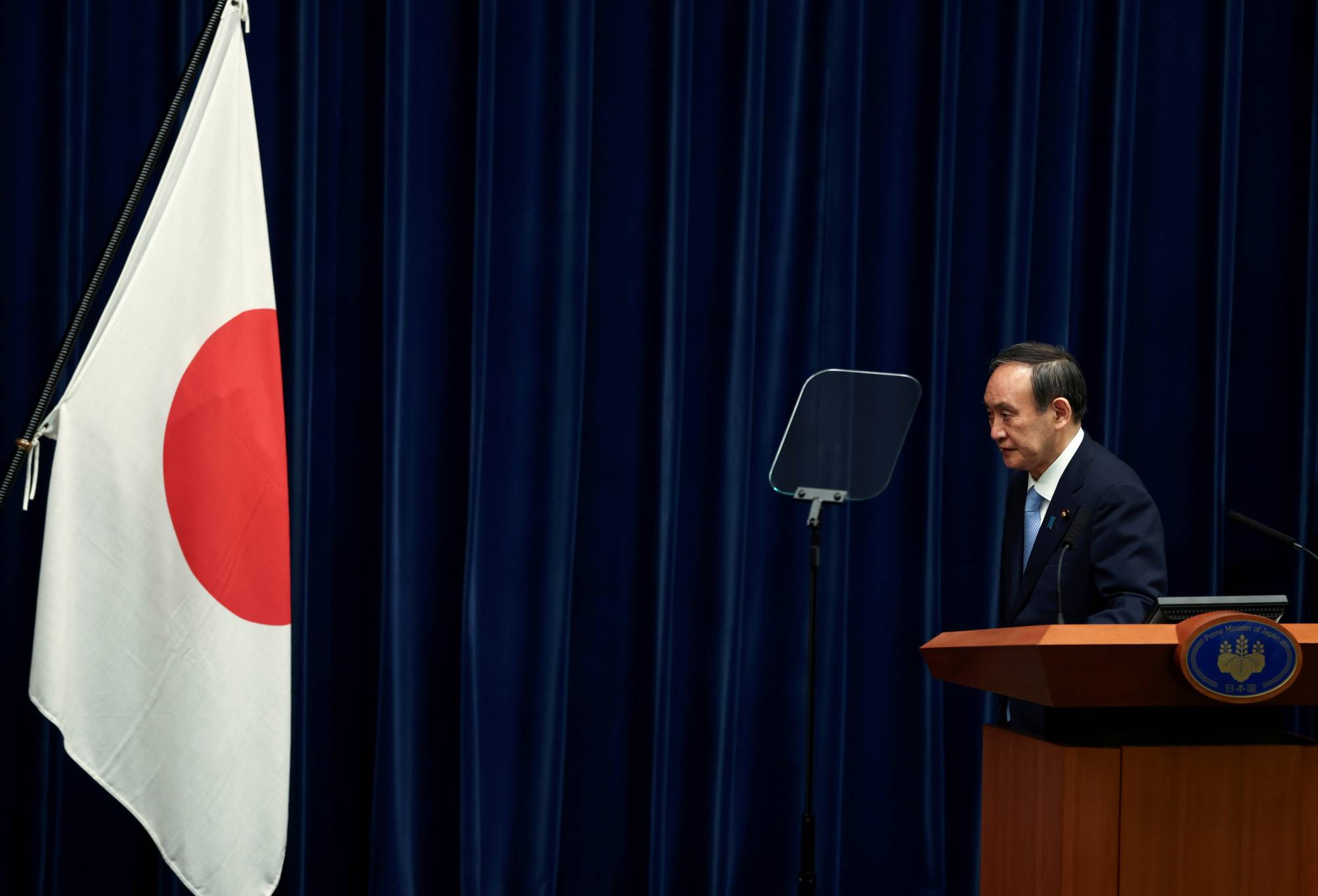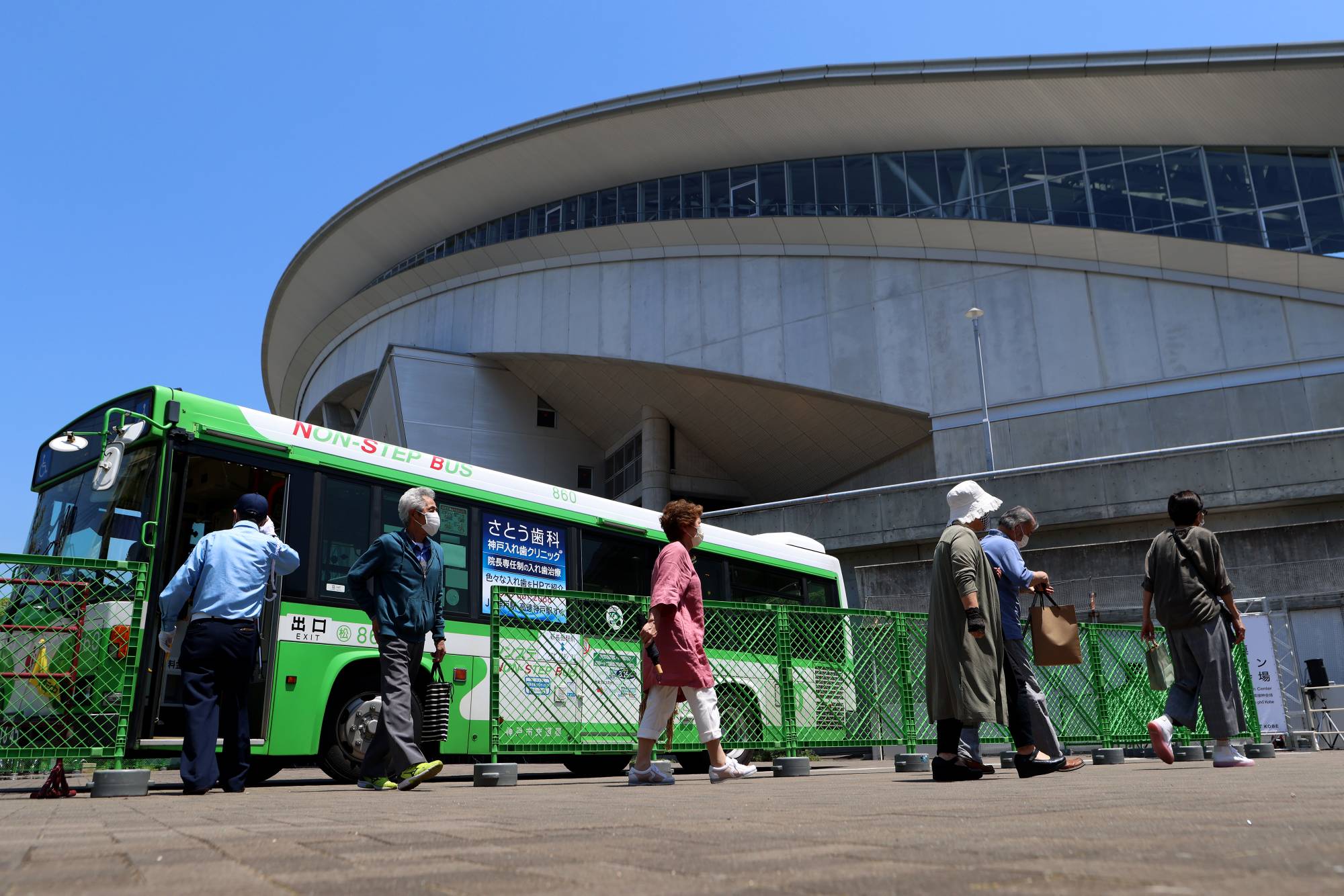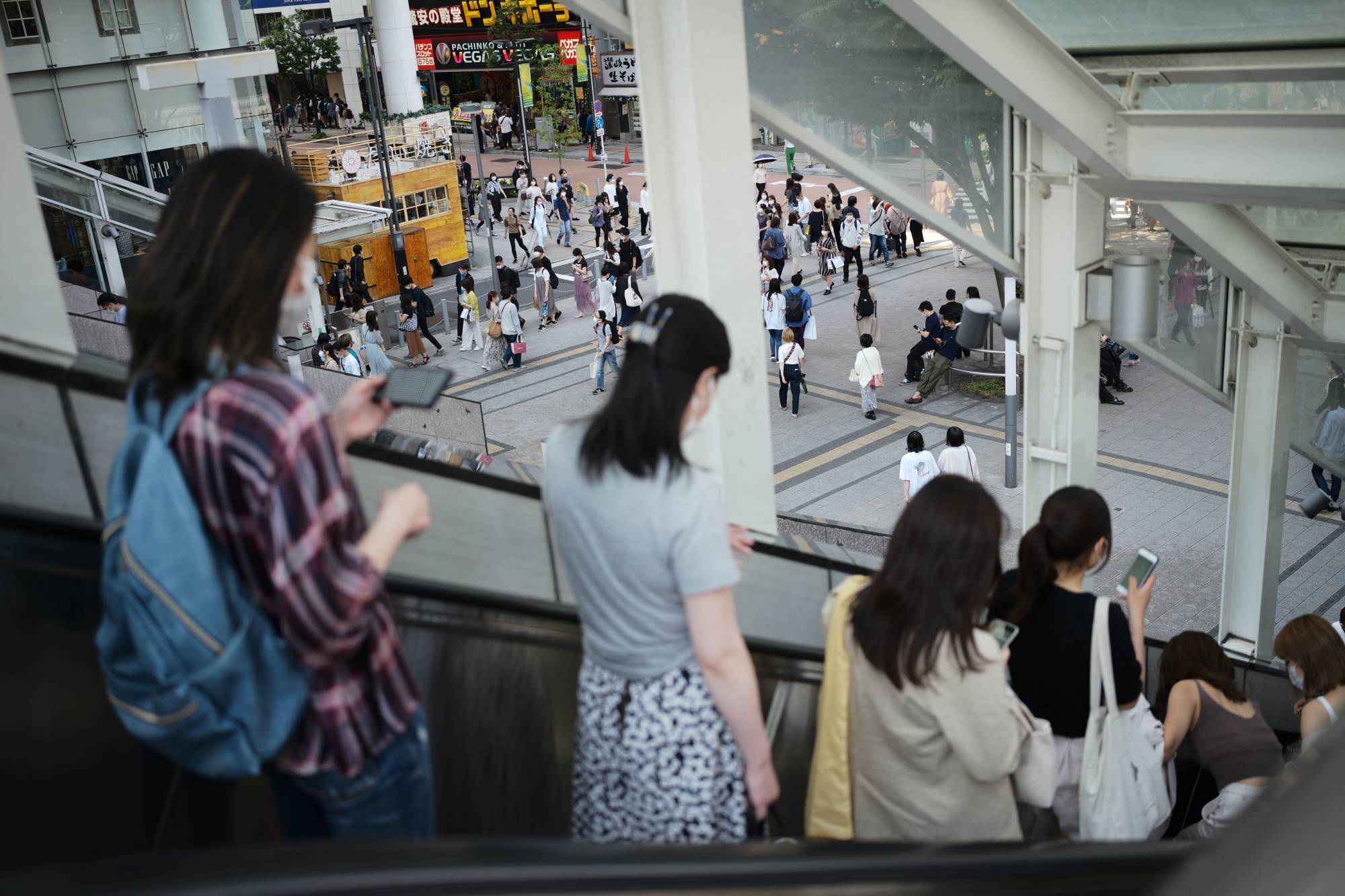From the recent melodrama of Japan’s coronavirus response has emerged a grim forecast, one in which the country — unable to prevent or contain subsequent waves of the pandemic — has no choice in the coming months but to repeat different permutations of the same countermeasures and hope to stave off catastrophe until the population is sufficiently inoculated.
All the while, the economy will keep bleeding and the public will continue to grow tired, frustrated and less compliant.
But there may be a remedy — several, even — for the side effects of this bleak prognosis, and a more optimistic viewpoint begins with the expansion and acceleration of the country’s vaccine rollout.
Experts say the light at the end of the tunnel is drawing closer every day, but in the meantime there are steps that must be taken to minimize the socioeconomic costs of the pandemic and, of course, prevent further casualties.
“Until now, the strategy has been to declare a state of emergency, then to pray and wait,” said Koji Wada, a professor of public health at the International University of Health and Welfare and a member of the central government’s COVID-19 advisory subcommittee. “Rather than pray and wait, there needs to be greater communication between the central government, prefectures, cities, wards and towns as to what else can be done to stop the virus from spreading further.”
The absence of a road map — one that explains what people can do after they get vaccinated or lays out what can or most likely will happen before the vaccine rollout is finished — is the reason people lack hope, Wada said.
“Experts have been urging the central government to put forward such a road map for a while now but there’s been little progress,” he said. “To provide hope — justified hope — is crucial.”

Each of the country’s three states of emergency have featured slight but significant alterations to the scope and severity of their respective countermeasures. Disjointed measures that change over time and with each occurrence have caused confusion among the public, and at times tested their patience.
The first emergency, declared by Prime Minister Shinzo Abe in April last year, included the issuance of closure requests to a broad swath of businesses, from karaoke parlors to bowling alleys, while the second took aim at bars and clubs in the nightlife districts of the country’s biggest cities.
Abe called for nationwide school closures prior to the first emergency, but most reopened two months later and have stayed open for much of the pandemic.
Under the third and ongoing emergency, restaurants and bars have been asked to stop serving alcohol, among other measures, which has subdued nightlife activity to a certain degree.
All of the coronavirus measures used in Japan at some point over the past 18 months remain on the table, though not all are being used at the moment.
While local governments can now fine businesses that don’t comply with reduction and closure requests during a state of emergency, infectious disease measures remain largely voluntary and inconsistent rules have hurt compliance.
Citywide lockdowns and curfews aren’t possible under current laws, which limits what tools the government has at its disposal, but public frustration may stem from the execution of the measures that the government has been able to deploy.



In many ways the pandemic has shined a light on the shortcomings of the government’s ability to handle a crisis — from political infighting and the deflection of responsibility to oftentimes paradoxical crisis communication and cash handouts that arrive weeks if not months after measures are lifted. Virus testing and vaccination rates — both among the lowest in the developed world — have only added to that perception.
From the mishandled quarantine of a cruise ship to the puzzling decision to distribute only two masks to every household in Japan, these blunders and mishaps have chipped away at the country’s patience and its finances, and the willingness of its people to abide by requests to stay indoors and suspend business operations.
The virus continues to spread, although new cases in many major cities have dropped in recent weeks, and after three states of emergency it has become clear the country’s strongest measures may be able to momentarily divert or disrupt the contagion, but — unlike vaccines — they won’t be able to stamp it out completely.
Restrictions on the economy are expensive, both for the businesses that voluntarily curtail their operations and for the central and regional governments using taxpayer money to subsidize their losses.
More than a few of the country’s residents may be resigned to the possibility of additional states of emergency, followed by pre-emergency measures that often fail to contain a rebound in new cases, which then lead to the next emergency, and so on and so forth until the nation’s vaccine rollout is finished.
Adding to that dismal outlook, recent research suggests that, due to the impermanent effects of COVID-19 vaccines and the emergence of highly contagious variants, herd immunity may be difficult or even impossible to achieve.



However, even if stronger measures aren’t possible, there may be ways to soften the socioeconomic impacts of the pandemic.
These include better crisis messaging from public officials, the prompt delivery of financial support to struggling businesses, stronger collaboration between central, regional and local governments, and, of course, continuing to accelerate the country’s still-sluggish vaccine rollout.
On the vaccine front, experts are encouraged by the progress made by public officials to speed up the rollout.
“The vaccine rollout, which was slow to start, is accelerating much faster than expected,” said Tomoyuki Ota, chief research economist and head of the Economic Research Department at the Mizuho Research Institute.
To hasten inoculations, the central government has opened two large vaccination sites. Earlier this week the health ministry announced that dozens of major companies and several universities will begin vaccinating their staff and students, respectively, on June 21.
Several prefectures have also opened vaccination sites for local residents.
Still, from an economic standpoint, a quick recovery looks unlikely.
“No matter how much the rollout is sped up, it will be difficult for the economy to begin recovering this year,” Ota said. “But, if the proper measures are taken in conjunction with an accelerated and expanded vaccine rollout, soon enough we’ll see the light at the end of the tunnel approaching.”
“Unfortunately, we’re not quite there yet.”
In a time of both misinformation and too much information, quality journalism is more crucial than ever.
By subscribing, you can help us get the story right.
SUBSCRIBE NOW


